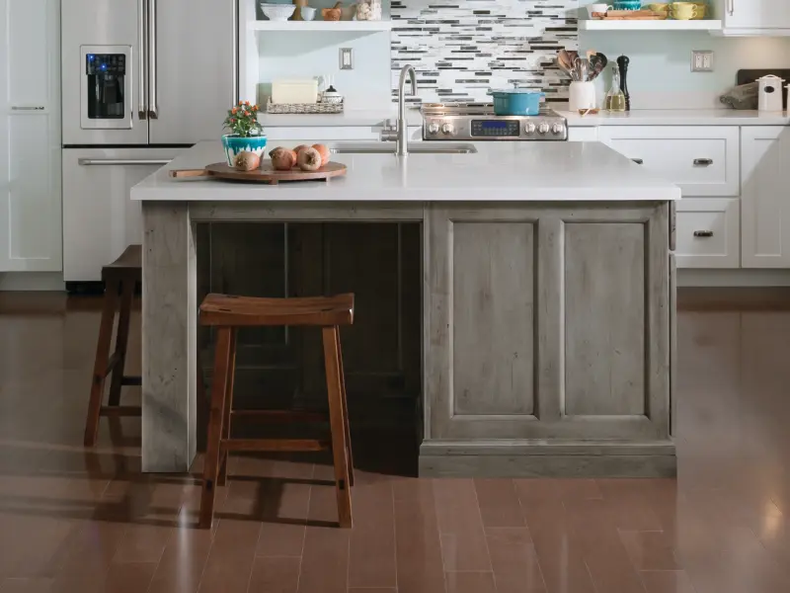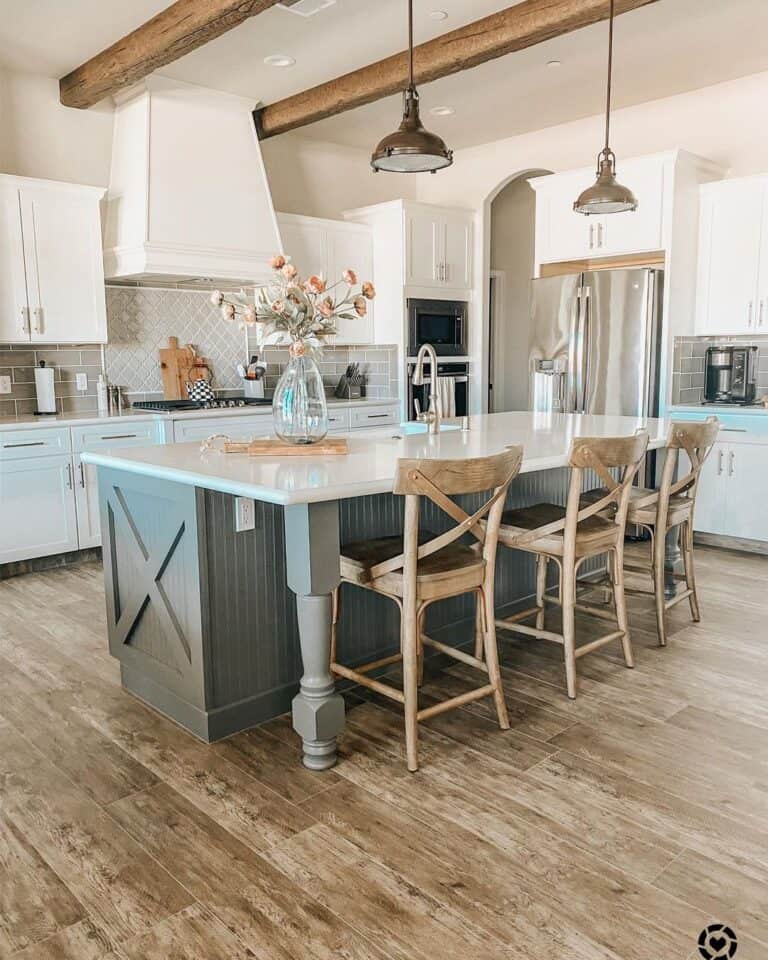An Overview to Choosing the Perfect Legs For Kitchen Area Island for Your Home
Picking the optimal legs for your cooking area island is a nuanced choice that impacts both the capability and visual appeal of this central area. Factors such as height, materials, and style play a crucial function in integrating your island with the total cooking area design. Furthermore, recognizing the relevance of security and maintenance can considerably influence your option. As you think about these components, it becomes evident that the right legs can transform not only the look of your kitchen area however additionally its usability for years ahead. What specific features should you prioritize in this selection procedure?

Understanding Cooking Area Island Legs
When selecting legs for a cooking area island, it's important to comprehend their useful and aesthetic duties in the overall style. The legs work as a critical support group, making sure stability and resilience for the island, which often works as a workspace, dining area, or collecting place. Consequently, the choice of material and construction strategy need to be durable enough to endure day-to-day use and possible wear.
In addition to their structural responsibilities, legs add dramatically to the island's visual appeal. They can improve the cooking area's design, whether through typical, modern, or diverse layouts. The elevation and proportion of the legs are likewise essential factors to consider; they need to harmonize with the island's kitchen counter elevation while making sure comfy seating for those utilizing the room.
Moreover, the leg style can affect the total circulation of the kitchen. Open, ventilated leg styles can produce a feeling of lightness, while strong, substantial legs may communicate a much more grounded and secure visual - Legs For Kitchen Island. Understanding these aesthetic and practical aspects will certainly guide home owners in making informed options that match their kitchen area's layout and enhance its use
Popular Styles and Materials
The option of legs for a kitchen island incorporates a selection of preferred designs and materials, each offering one-of-a-kind features that can boost both functionality and aesthetics. Amongst the most desired styles are contemporary, rustic, and standard. Contemporary legs typically feature sleek, minimalist layouts that emphasize simpleness and clean lines, making them optimal for modern-day cooking areas. Rustic styles, on the various other hand, accept all-natural elements and frequently display recovered wood or distressed coatings, including warmth and beauty to the space. Conventional legs typically exhibit ornate information and workmanship, enhancing timeless cooking area styles.

Height and Stability Considerations

Security is one more essential consideration. The legs of the kitchen island should supply appropriate assistance, ensuring that the structure can stand up to everyday use without shifting or wobbling. Product option plays a considerable duty in stability; steel legs, for example, often tend to provide greater strength contrasted to wood. Additionally, guaranteeing that the island is firmly secured to the read review flooring or wall surface can improve security, especially for bigger islands that might birth substantial weight.
Matching Your Kitchen Aesthetic
Selecting the ideal legs for your cooking area island surpasses functionality; it also plays a significant function in the overall aesthetic of the area. When selecting legs, take into consideration the layout style of your kitchen. For a contemporary appearance, streamlined metal or minimalist layouts can create a tidy, contemporary vibe. On the other hand, standard or rustic kitchens typically benefit from wood legs with complex detailing or a distressed coating, enhancing heat and personality.
Legs that match or comparison with your island's surface and bordering cabinetry can create aesthetic consistency or striking focal points. Furthermore, consider the surface of the legs; matte, glossy, or distinctive finishes can substantially influence the general feel of the kitchen.
Installation and Maintenance Tips
Setting up kitchen island legs calls for mindful interest to information to make certain both stability and aesthetic allure. Begin by selecting an ideal area for your island, guaranteeing it is level and has enough area for movement. If you are attaching the legs to a wall or utilizing braces for added support, utilize a stud finder to situate wall studs. Mark the positioning of the legs properly prior to drilling.
When securing the legs, make use of top notch screws and, if needed, timber adhesive for added stamina. For metal legs, make certain that you are making use of appropriate anchors and devices to protect against damage to your flooring. It is a good idea to look for levelness after setup, making adjustments as required to prevent tottering.
Upkeep is similarly vital for durability - Legs For Kitchen Island. Routinely check the legs for any indicators of wear or loosening, especially in high-traffic locations. Tidy the legs with an ideal cleaner, staying clear of rough link products that may scratch the surface. For wooden legs, take into consideration using a timber conditioner regularly to maintain their surface. By complying with these installment and upkeep tips, you can guarantee that your kitchen island legs remain both useful and visually appealing.
Final Thought
Finally, choosing the appropriate legs for a cooking area island demands mindful consideration of height, stability, and visual compatibility. By picking appropriate products and designs that line up with the overall kitchen design, performance can be boosted while maintaining visual allure. Appropriate installation and ongoing maintenance better add to the longevity and longevity of the kitchen area island. Inevitably, thoughtful leg choice plays an essential duty in boosting both the usefulness and style of the cooking area area.
When picking legs for a kitchen area island, it's essential to understand Check Out Your URL their visual and functional functions in the total design. Open, airy leg styles can develop a sense of agility, while solid, significant legs might convey a much more based and secure aesthetic. The legs of the kitchen area island should give appropriate support, guaranteeing that the framework can hold up against daily usage without tottering or moving.Mounting cooking area island legs calls for careful focus to detail to guarantee both security and aesthetic charm.In verdict, selecting the suitable legs for a kitchen area island requires cautious consideration of height, stability, and aesthetic compatibility.